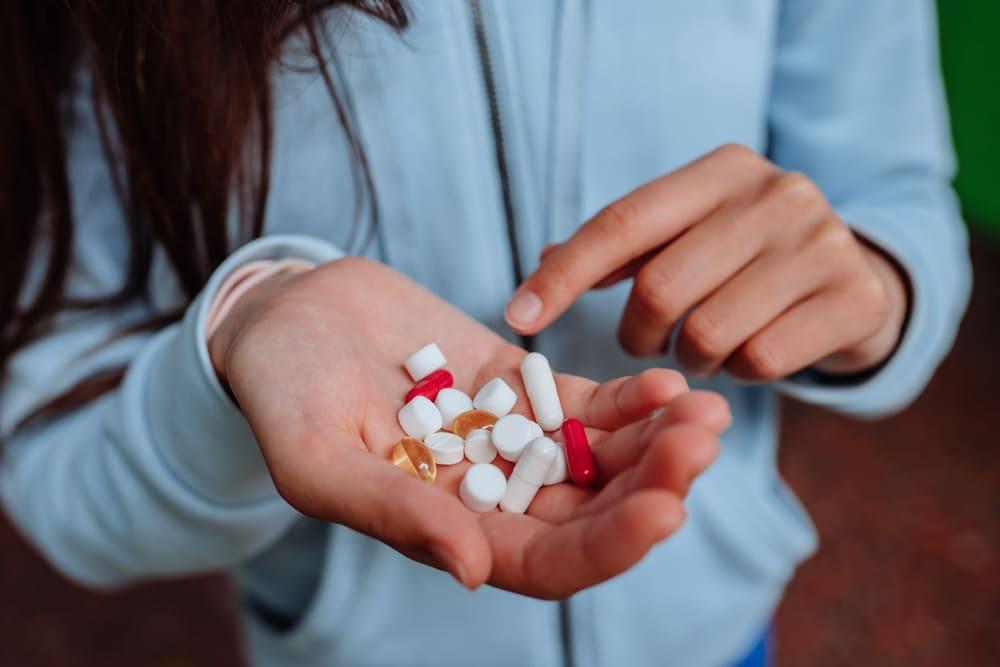The landscape of diabetes management has been revolutionized by a wave of new medications. Drugs like GLP-1 receptor agonists and SGLT2 inhibitors offer unprecedented benefits, not just in blood sugar control but also in cardiovascular and renal protection. However, these groundbreaking advancements come with a significant and often daunting price tag. This creates a complex dilemma for patients, healthcare systems, and society, forcing a difficult conversation about the true cost of innovation and the value of health.

Beyond Blood Sugar: The New Generation of Diabetes Drugs ✨
For decades, the primary goal of diabetes treatment was straightforward: lower blood glucose levels. The arsenal was limited to older, generic drugs like metformin, sulfonylureas, and insulin. While effective for glycemic control, they often came with side effects like weight gain and hypoglycemia and did little to address the broader health complications associated with diabetes.
The new classes of drugs have fundamentally shifted this paradigm. They are not merely glucose-lowering agents; they are multi-organ protective therapies.
- GLP-1 Receptor Agonists (e.g., semaglutide, dulaglutide, liraglutide): These drugs mimic a natural hormone in your body (incretin) that stimulates insulin release, suppresses glucagon, and, crucially, slows gastric emptying. This leads to powerful glucose control with a low risk of hypoglycemia and the welcome side effect of promoting significant weight loss 🏋️. Major clinical trials have also proven their ability to reduce the risk of major adverse cardiovascular events (MACE), like heart attacks and strokes.
- SGLT2 Inhibitors (e.g., empagliflozin, canagliflozin, dapagliflozin): These medications work by preventing the kidneys from reabsorbing glucose back into the blood, instead excreting it through the urine. This unique mechanism also provides heart and kidney protection, reducing hospitalizations for heart failure and slowing the progression of kidney disease—a common and costly complication of diabetes.
The Sticker Shock: Analyzing the Price Gap 💸
The clinical benefits are undeniable, but the financial burden is substantial. The price difference between older generics and these new branded medications is staggering.
To illustrate the dramatic cost disparity, let's compare the average monthly out-of-pocket and list prices in the United States. It's important to remember that a patient's actual cost depends heavily on their insurance plan.
Table 1: Monthly Cost Comparison of Diabetes Medications (U.S. Market)
| Medication Class | Example Brand Names | Avg. Monthly List Price | Avg. Patient Out-of-Pocket Cost | Key Benefits |
|---|---|---|---|---|
| Biguanides (Generic) | Metformin | $10 - $30 | $4 - $10 | Effective glucose control, weight-neutral, first-line therapy. |
| Sulfonylureas (Generic) | Glipizide, Glyburide | $10 - $40 | $4 - $15 | Effective glucose control, but risk of hypoglycemia & weight gain. |
| GLP-1 Agonists | Ozempic, Trulicity, Victoza | $900 - $1,400 | $30 - $150 | Glucose control, weight loss, cardiovascular protection. ❤️ |
| SGLT2 Inhibitors | Jardiance, Invokana, Farxiga | $500 - $700 | $40 - $100 | Glucose control, cardiovascular & renal protection. 💧 |
This table highlights a critical point: a patient could pay a copay for a generic drug for over a decade for the same out-of-pocket cost of just one month of a new therapy. The list price, often paid by insurers and pharmacy benefit managers (PBMs), is where the true financial strain on the healthcare system becomes apparent.
Why So Expensive? The Drivers of High Drug Prices 🔍
Understanding the "why" behind these prices is complex. Pharmaceutical companies point to several key factors:
- Massive Research & Development (R&D) Costs: 💡 The path from a molecule in a lab to a pill in a pharmacy is long, risky, and incredibly expensive. It can take over 10 years and cost billions of dollars. For every successful drug, many others fail in clinical trials, and the cost of those failures is factored into the price of the ones that succeed.
- Cost of Clinical Trials: The trials required to prove not just efficacy but also cardiovascular and renal safety are enormous, involving tens of thousands of patients over several years. These are among the most expensive clinical trials ever conducted.
- The Value Argument: 🏆 Companies argue that the price reflects the immense value these drugs provide. By preventing expensive hospitalizations for heart failure, heart attacks, strokes, and dialysis, they save the healthcare system money in the long run. This is known as "value-based pricing."
- Patent Protection: 📜 New drugs are protected by patents, which grant the manufacturer a period of market exclusivity (typically 20 years from filing) without generic competition. This allows them to set a price that recoups their investment and generates profit for shareholders, which fuels future innovation.
The Ripple Effect: Impact on Patients and The System 🌊
The high cost has profound consequences:
- Patient Access and Adherence: Even with insurance, high deductibles and coinsurance can put these drugs out of reach for many. Some patients are forced to choose between their medication and other essentials like food or rent. Others may ration their doses, undermining the treatment's effectiveness and putting their health at risk.
- Strain on Payers: The budgetary impact on insurance companies, employers who provide health plans, and government programs like Medicare and Medicaid is enormous. Premiums may rise to cover these costs, affecting everyone.
- Healthcare Inequality: 🧑🤝🧑 There is a real risk that these revolutionary drugs could create a two-tiered system: those who can afford the best available care and those who cannot, potentially worsening health disparities.
The Path Forward: Balancing Innovation and Affordability ⚖️
There are no easy solutions, but several strategies are being debated and implemented:
- Robust Negotiation: Allowing large payers, including Medicare, to negotiate drug prices directly with manufacturers could help lower costs. The U.S. has historically been less aggressive in this area compared to other developed countries.
- Promoting Biosimilars and Generics: 👯 Encouraging faster development and approval of generic and "biosimilar" versions of these drugs (once patents expire) is crucial for driving long-term price competition.
- Value-Based Agreements: Structuring payment deals where the drug's price is directly linked to its real-world performance and outcomes. If a patient doesn't experience the promised benefit, the manufacturer might provide a rebate to the insurer.
- Increased Transparency: 🕵️ There is a push for more transparency in the complex system of rebates and discounts between drug makers, PBMs, and insurers, which often obscures the true net price of a drug.
Conclusion: A Worthwhile Investment at What Cost?
The new diabetes medications represent a monumental achievement in medical science. They have the potential to extend and improve the lives of millions of people living with a chronic and progressive disease. Their value in preventing devastating complications is undeniable. However, their current price is unsustainable for many individuals and for the healthcare system as a whole.
The challenge we face is navigating the delicate balance between fairly compensating the innovation that brings us these life-changing treatments and ensuring that the patients who need them can actually access them. It is one of the most critical conversations in modern healthcare, and its resolution will shape the future of medicine for decades to come. The goal is clear: a system where scientific progress and patient accessibility go hand-in-hand. 🤝





